Temples from ancient times have always fascinated historians and archaeologists. Some of these sacred places hold mysteries that remain unsolved to this day. These temples, scattered across different parts of the world, continue to intrigue with their unexplained origins, construction methods, and purposes. Let’s delve into some of these ancient temples and explore the mysteries that still surround them.
Temple of the Sun (Konark, India)
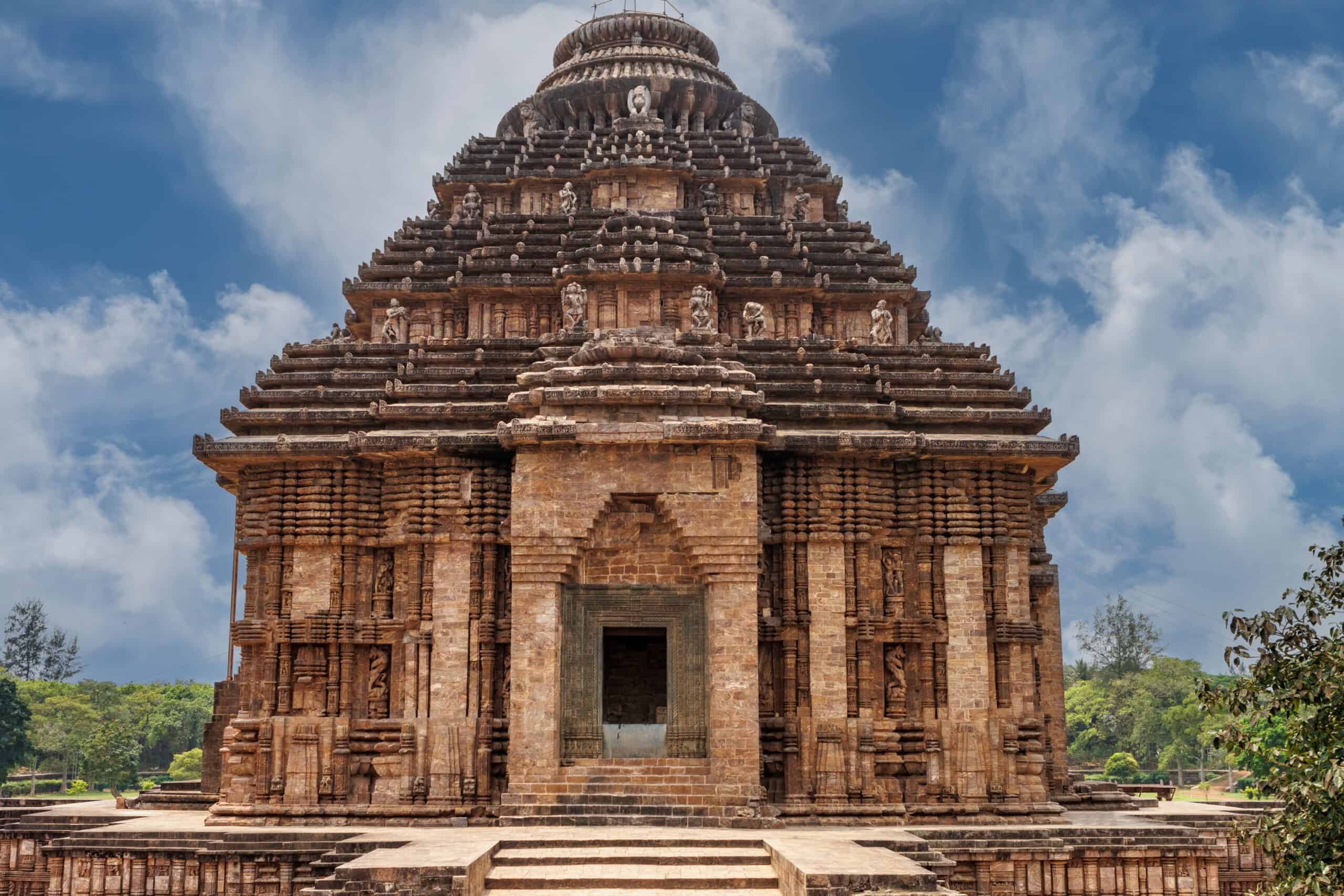
The Temple of the Sun in Konark, India, is a marvel of ancient architecture. Built in the 13th century, it was designed to resemble a colossal chariot. The chariot, made of stone, is complete with intricately carved wheels and horses. The temple is dedicated to Surya, the Sun God, and is aligned in a way that the first rays of the sun hit the temple’s entrance. Despite its grandeur, much of the temple remains in ruins, and the techniques used to create such a detailed and massive structure are still a mystery. The temple’s original purpose and the reason behind its partial destruction are also unknown.
Temple of the Jaguar (Tikal, Guatemala)
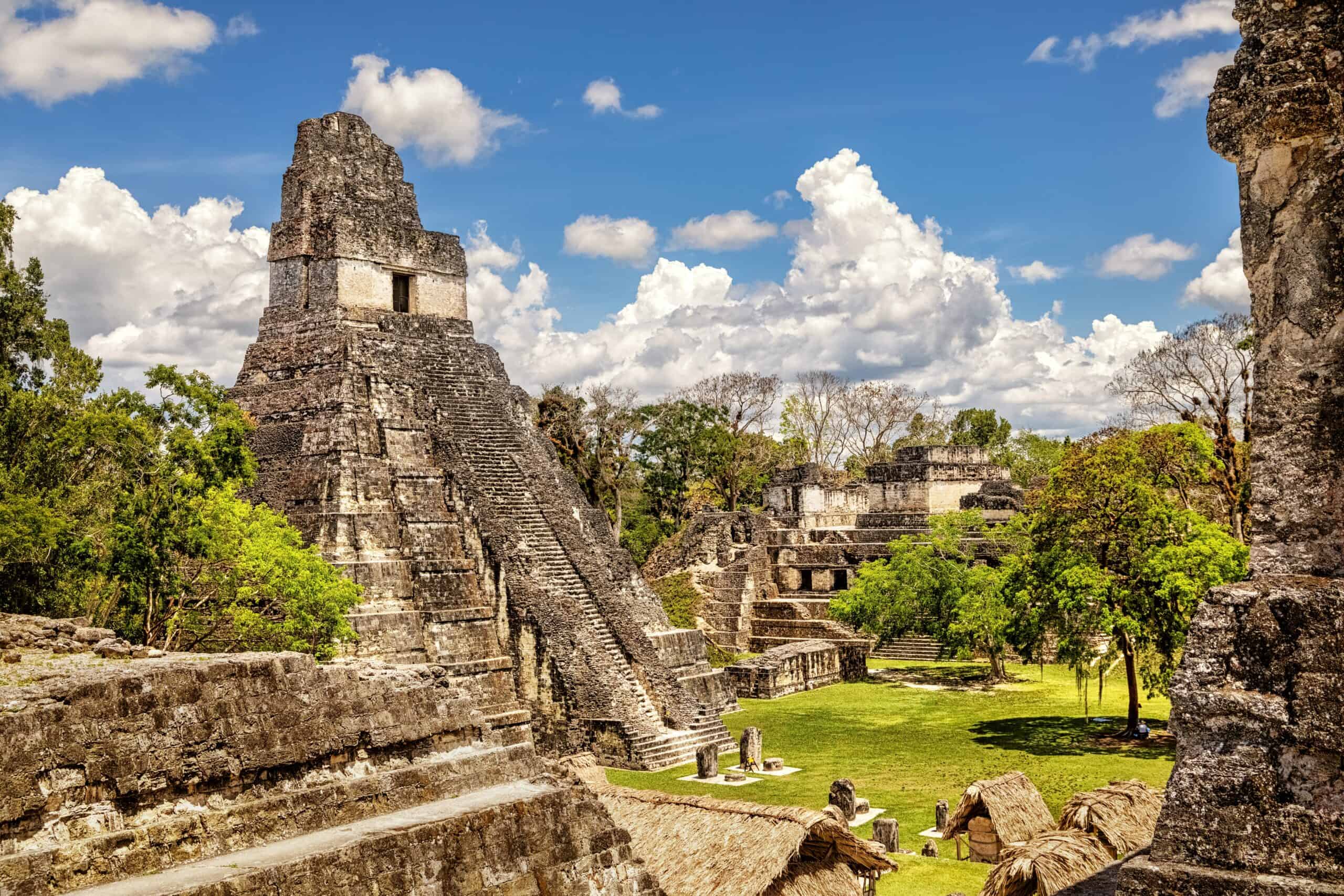
The Temple of the Jaguar in Tikal, Guatemala, is a towering structure that dates back to the Mayan civilization. Built around 732 AD, this temple served as a royal tomb for a Mayan king. It is named after the jaguar carvings that adorn its walls, a symbol of power and fearlessness. The temple rises to a height of over 150 feet and is one of the tallest structures in Tikal. Despite extensive research, the purpose of the temple’s unique design, including its steep steps and narrow chambers, remains unclear. The significance of the jaguar in Mayan rituals adds to the temple’s mystery.
Kailasa Temple (Ellora, India)
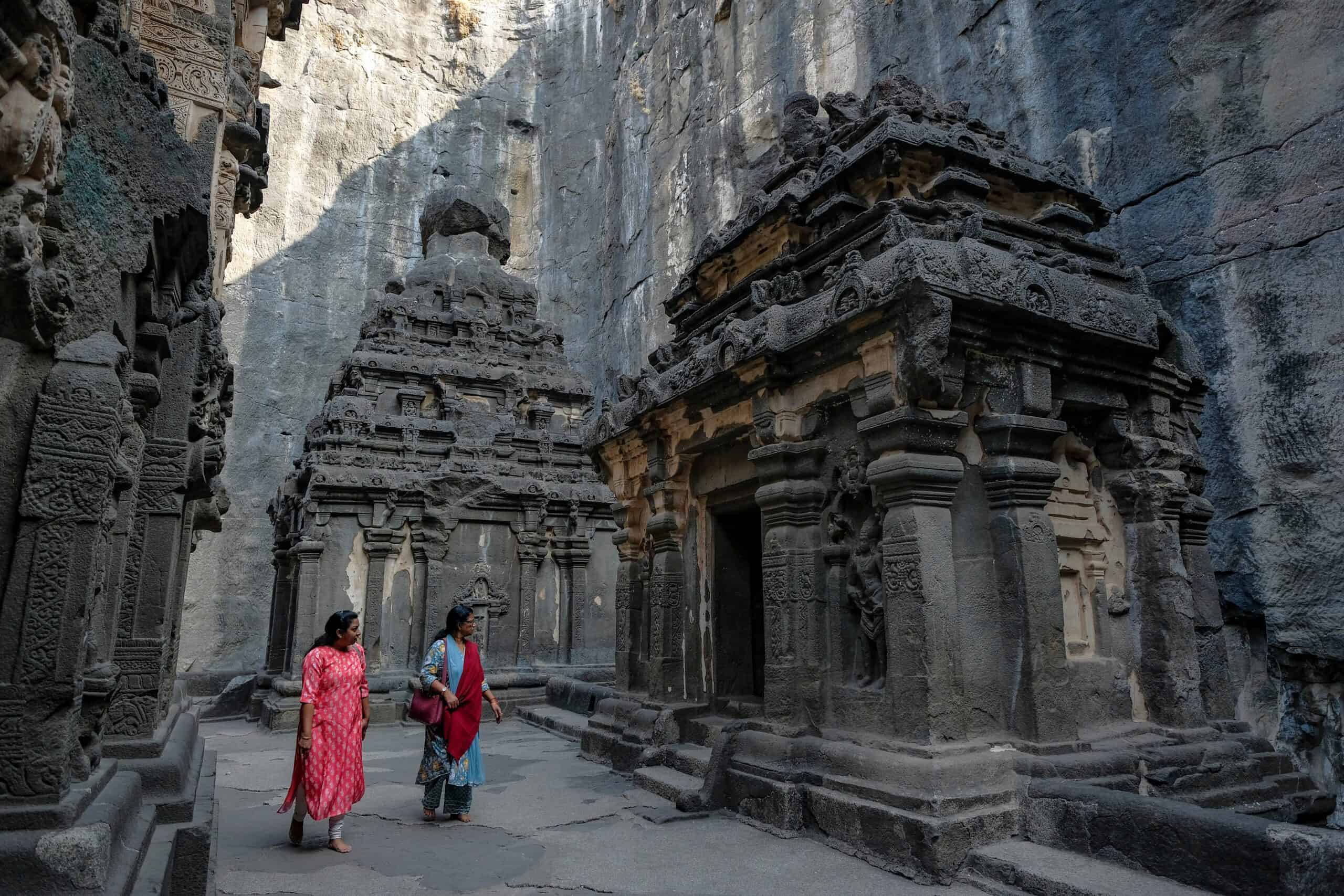
The Kailasa Temple in Ellora, India, is a stunning monolithic structure carved directly from a single rock. It was built in the 8th century and is dedicated to Lord Shiva. The temple is part of the Ellora Caves, a UNESCO World Heritage site. What makes this temple so mysterious is the sheer scale of the construction, which would have required the removal of 200,000 tons of rock. How ancient builders accomplished this feat without modern tools remains a puzzle. The precision of the carvings and the temple’s intricate design further add to the enigma.
Gobekli Tepe (Turkey)
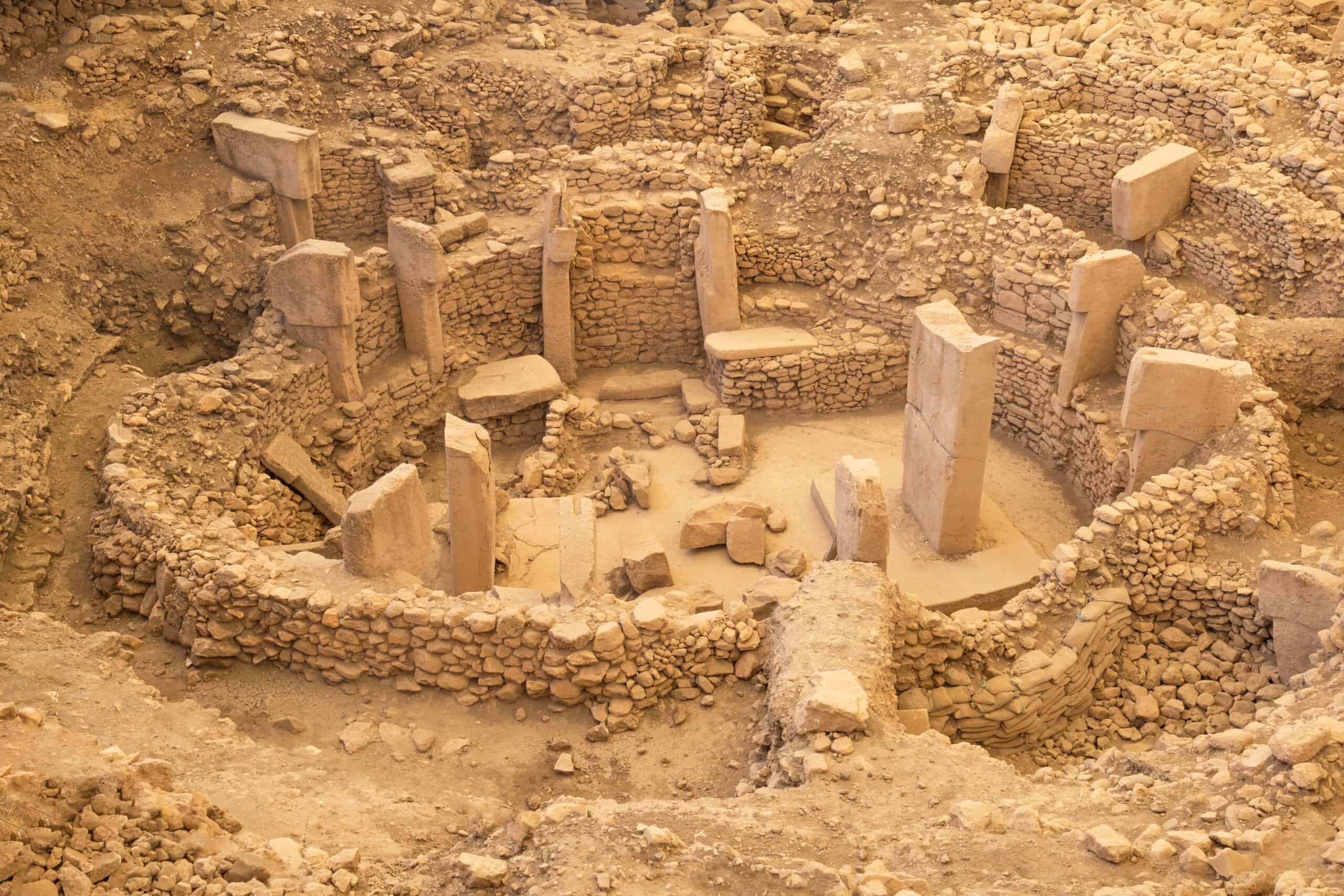
Gobekli Tepe in Turkey is considered one of the oldest known temples in the world. It dates back to around 9600 BC, predating Stonehenge by several millennia. The site consists of massive stone pillars arranged in circles, each pillar decorated with carvings of animals. The purpose of this ancient structure is still unknown, as there are no signs of habitation nearby. Some believe it was a place of worship, while others think it served as a burial site. The fact that such a complex structure was built by a hunter-gatherer society challenges our understanding of ancient civilizations.
Baalbek Temple Complex (Lebanon)
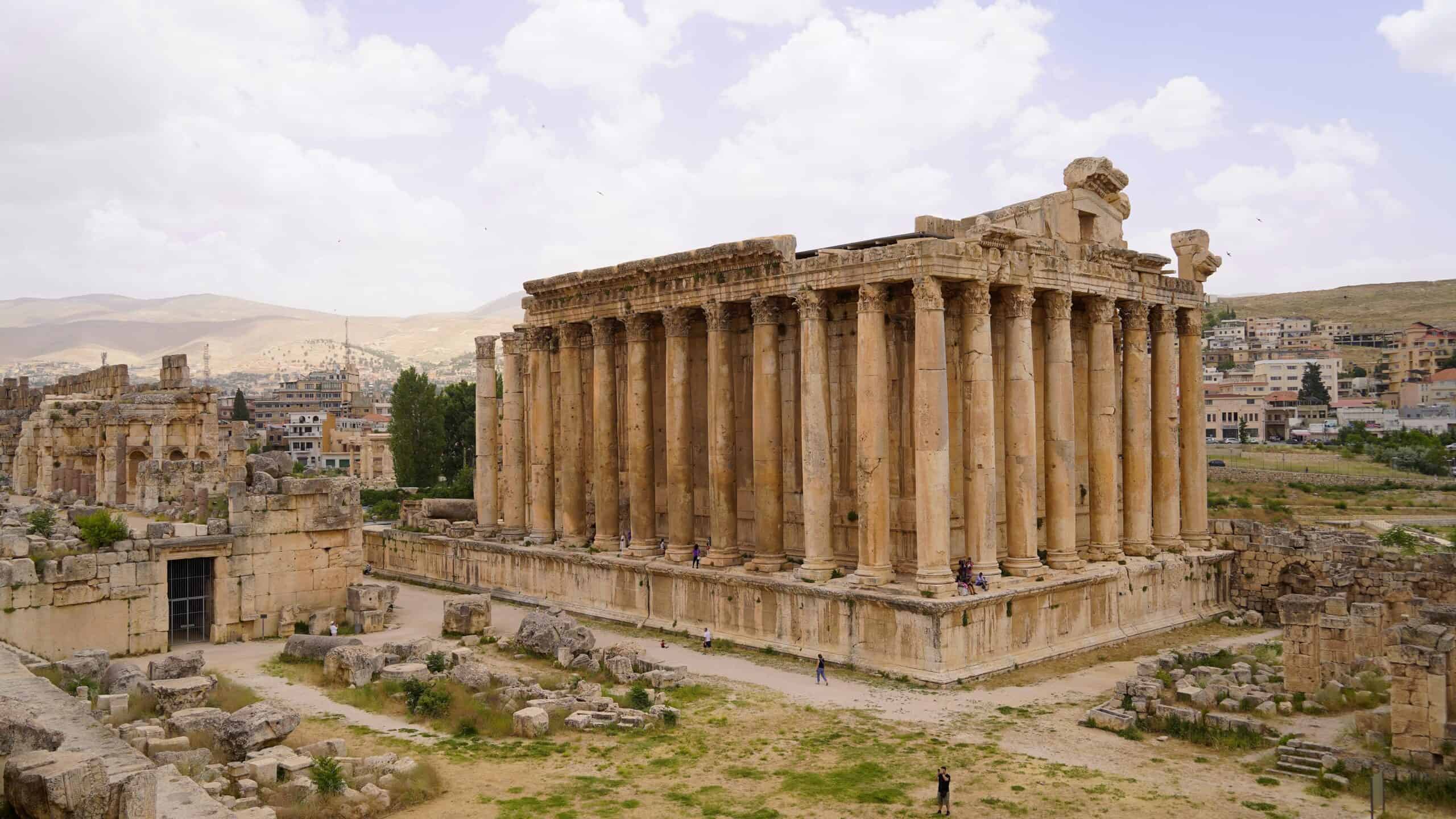
The Baalbek Temple Complex in Lebanon is an ancient site that has puzzled archaeologists for centuries. It features some of the largest stones ever used in construction, with blocks weighing over 1,000 tons. The temple is dedicated to the Roman gods Jupiter, Venus, and Bacchus. However, the origins of the site are believed to be much older, possibly dating back to the Phoenicians. The precision with which these massive stones were cut and transported remains a mystery. The purpose of such a monumental undertaking is still debated, adding to the site’s intrigue.
Hypogeum of Ħal-Saflieni (Malta)
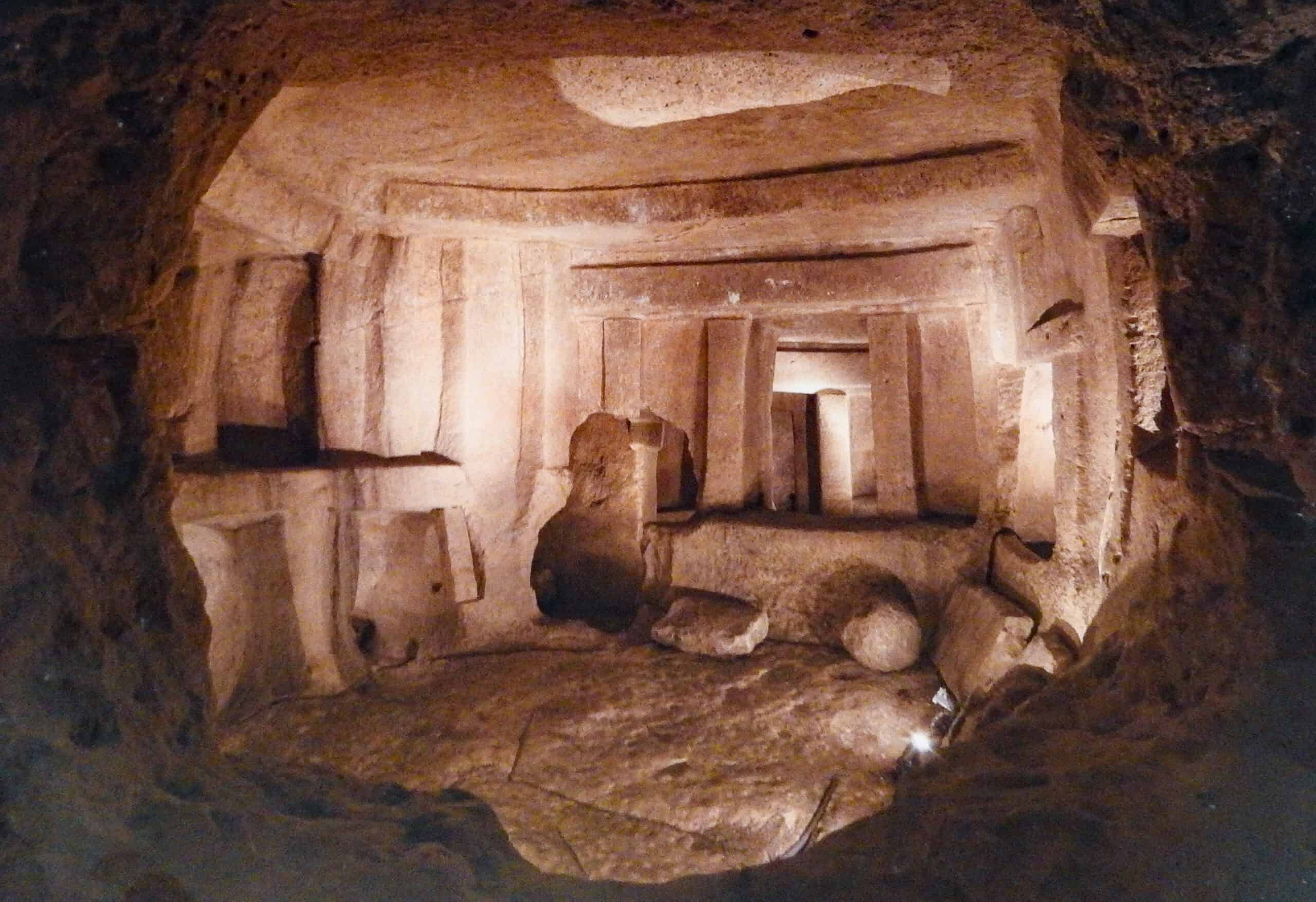
The Hypogeum of Ħal-Saflieni in Malta is an underground temple that dates back to around 4000 BC. This subterranean structure is carved entirely from limestone and features intricate chambers, halls, and passages. It was used as both a temple and a burial site, with the remains of over 7,000 individuals found within its walls. The most baffling aspect of the Hypogeum is its acoustic properties, particularly in the “Oracle Room,” where sound resonates in a unique way. The purpose behind this design is still unknown, and the techniques used to create such a complex underground structure remain a mystery.
Angkor Wat (Cambodia)

Angkor Wat in Cambodia is the largest religious monument in the world, originally built as a Hindu temple dedicated to Vishnu. Constructed in the early 12th century, it later became a Buddhist temple. The temple complex is renowned for its grand scale, intricate carvings, and the alignment of its structures with celestial events. The mystery surrounding Angkor Wat lies in its construction methods, the purpose of certain architectural elements, and the reasons behind its transformation from a Hindu to a Buddhist site. The exact reasons for the abandonment of the city surrounding the temple also remain unclear.
Temple of Edfu (Egypt)
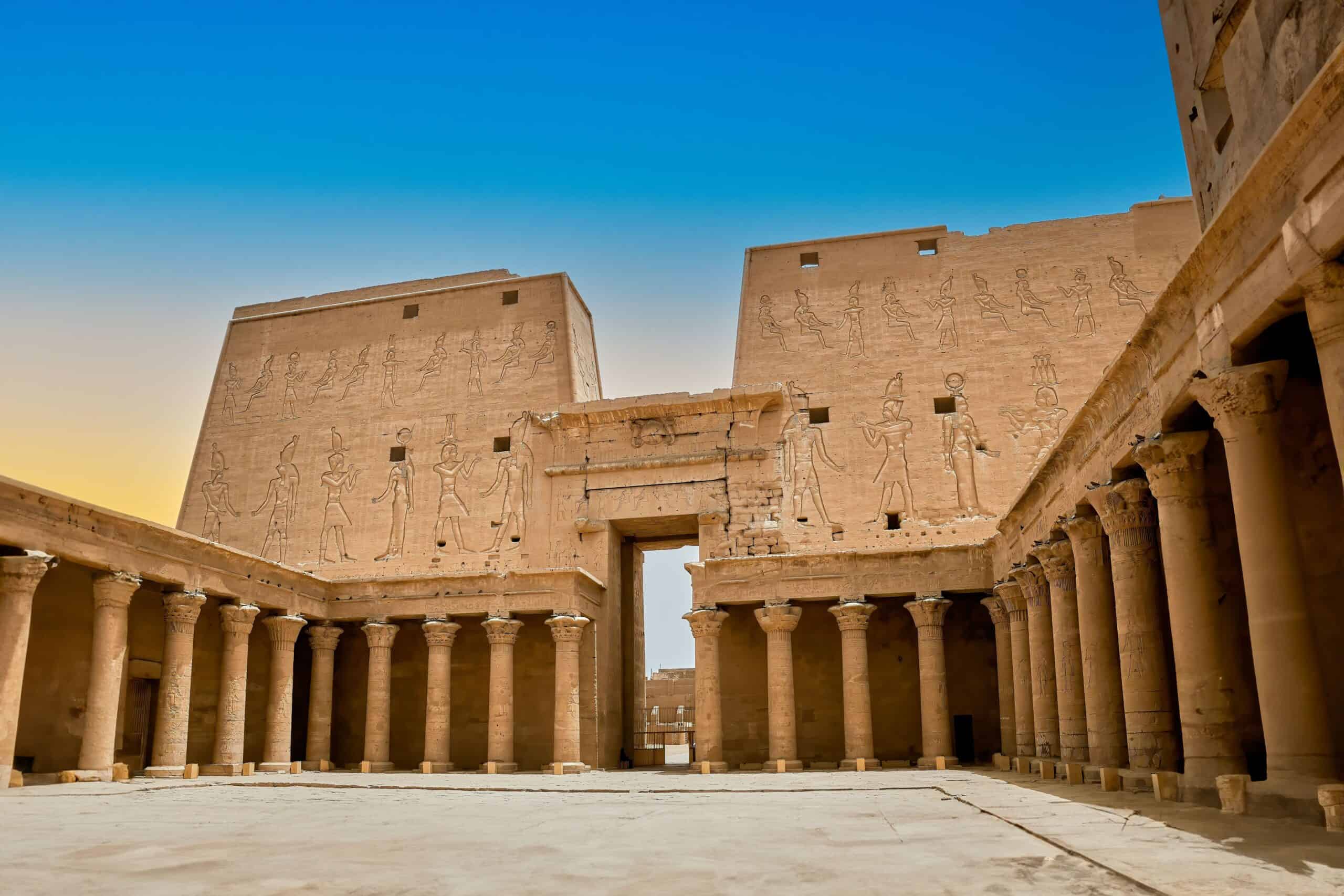
The Temple of Edfu in Egypt is one of the best-preserved ancient temples, dedicated to the falcon god Horus. It was built between 237 and 57 BC during the Ptolemaic period. The temple is filled with inscriptions and reliefs that depict ancient Egyptian rituals, battles, and myths. One of the most intriguing mysteries of the Temple of Edfu is the “Edfu Texts,” which are inscriptions that describe a mythical island where the gods once resided. The origin and meaning of these texts have puzzled historians, leading to various theories about lost civilizations and ancient knowledge.
Chavin de Huantar (Peru)
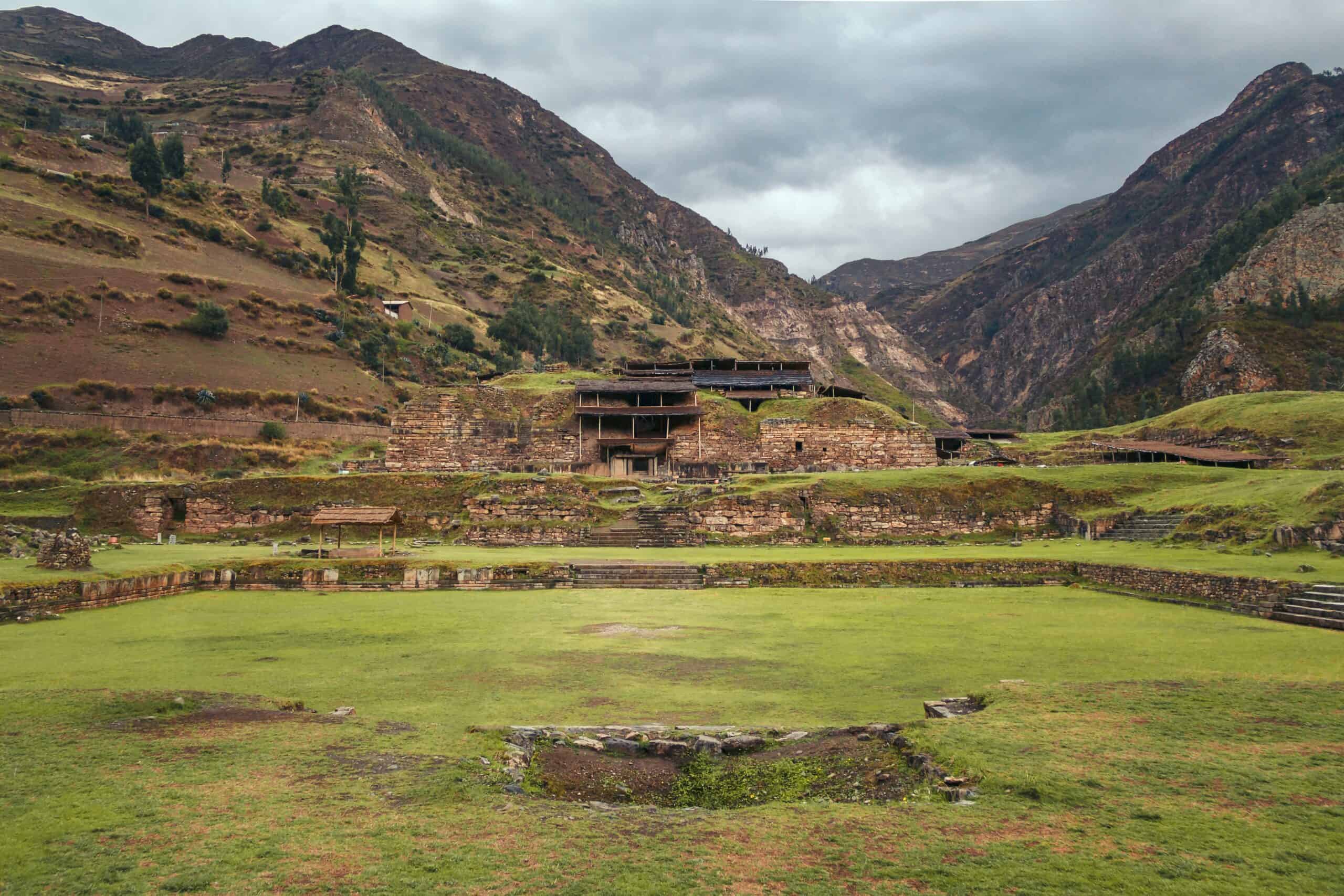
Chavin de Huantar in Peru is an ancient temple complex that dates back to around 1200 BC. It was the center of the Chavin civilization, which is considered one of the earliest pre-Inca cultures. The temple features complex underground tunnels, plazas, and stone carvings, including the famous “Lanzón,” a monolithic sculpture of a deity. The purpose of these tunnels and the significance of the Lanzón remain unclear. The site’s location in a remote Andean valley adds to its mystery, as does the lack of definitive evidence about the culture that built it.
Great Ziggurat of Ur (Iraq)
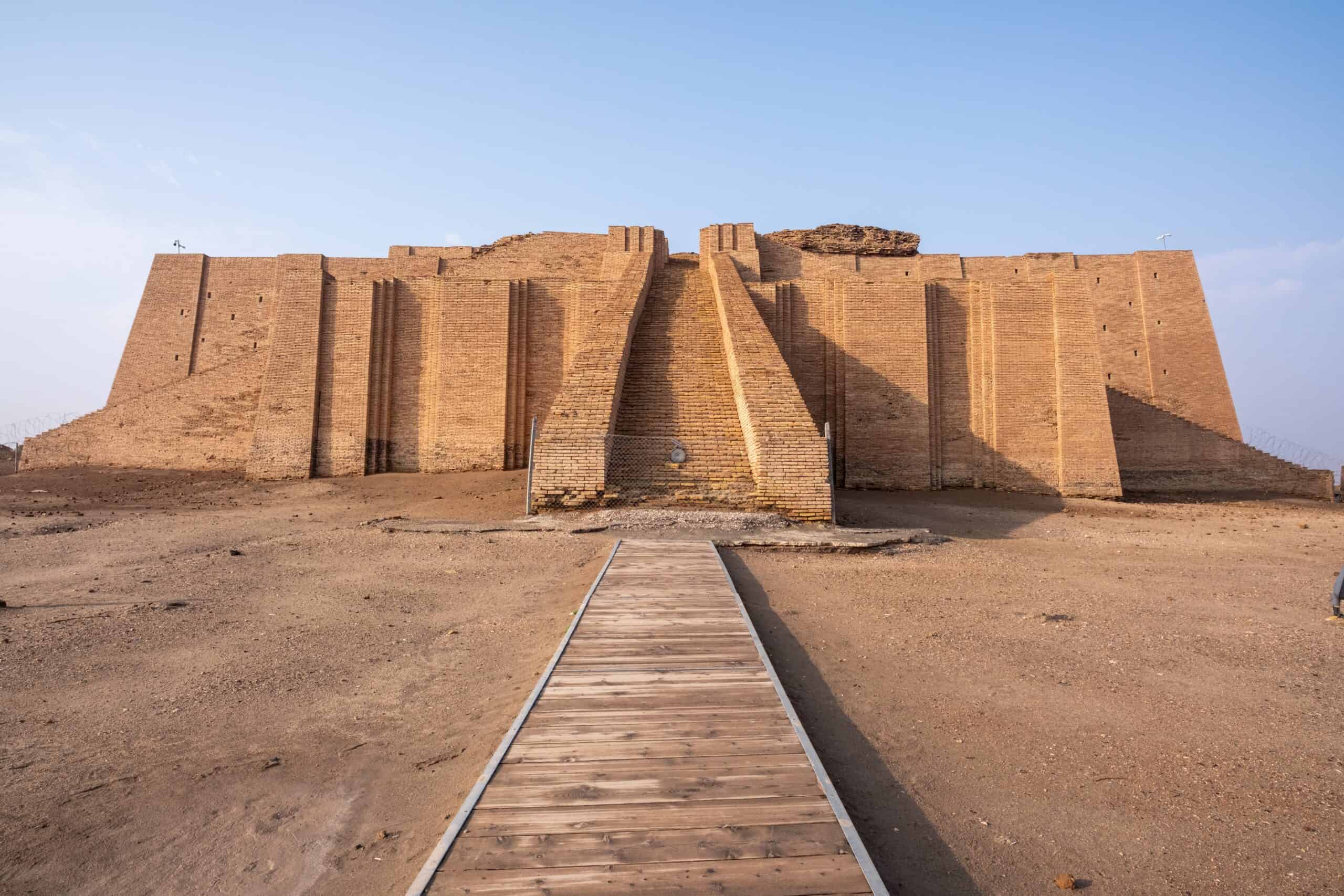
The Great Ziggurat of Ur in Iraq is one of the most well-preserved ziggurats from ancient Mesopotamia. Built around 2100 BC, it was dedicated to the moon god Nanna. The structure is a massive stepped pyramid, originally consisting of three levels. It was made from mud bricks, with the exterior covered in baked bricks. The ziggurat served as a temple platform, but its exact religious significance remains unclear. The methods used to construct such a monumental structure with limited technology continue to baffle archaeologists. The reasons behind the ziggurat’s eventual abandonment also remain unknown.
Temple of the Feathered Serpent (Teotihuacan, Mexico)
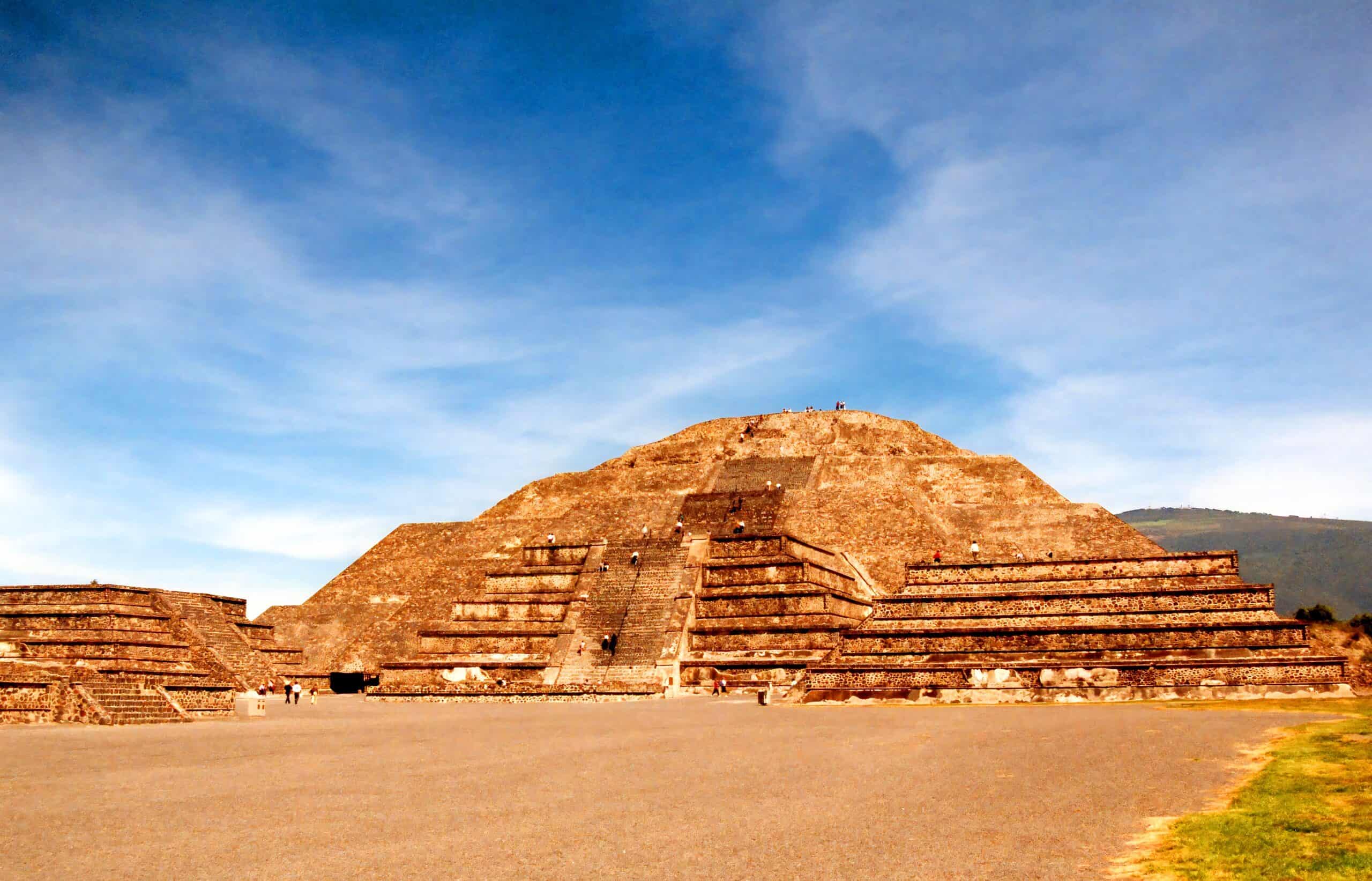
The Temple of the Feathered Serpent in Teotihuacan, Mexico, is a significant archaeological site. Built around 200 AD, it is dedicated to the god Quetzalcoatl, represented as a feathered serpent. The temple is adorned with intricate carvings of serpents and other symbolic figures. Beneath the temple, archaeologists have discovered tunnels containing hundreds of sacrificial victims. The purpose of these sacrifices and the reason for the temple’s construction are still debated. The sudden decline of Teotihuacan around 600 AD adds another layer of mystery to this ancient site.
Shwedagon Pagoda (Myanmar)
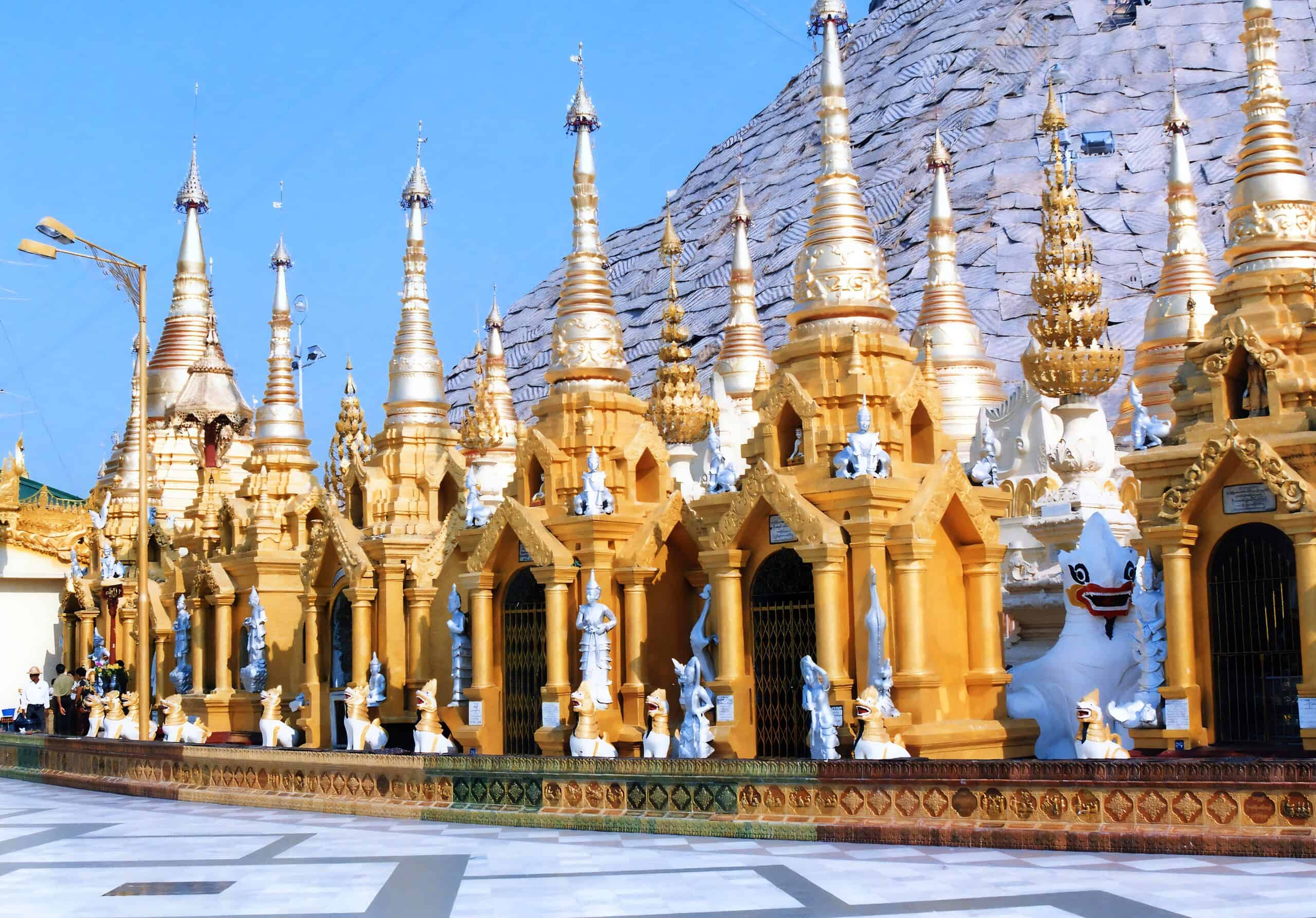
The Shwedagon Pagoda in Myanmar is a massive gilded stupa that stands nearly 100 meters tall. It is considered the most sacred Buddhist site in Myanmar, believed to house relics of four previous Buddhas. The exact date of its construction is unknown, with estimates ranging from 6th century BC to the 10th century AD. The pagoda is covered in gold plates, and its spire is topped with thousands of diamonds and other precious stones. The source of such wealth and the techniques used to construct the pagoda remain a mystery. The legends surrounding the site further deepen its enigma.
Temple of Karnak (Egypt)
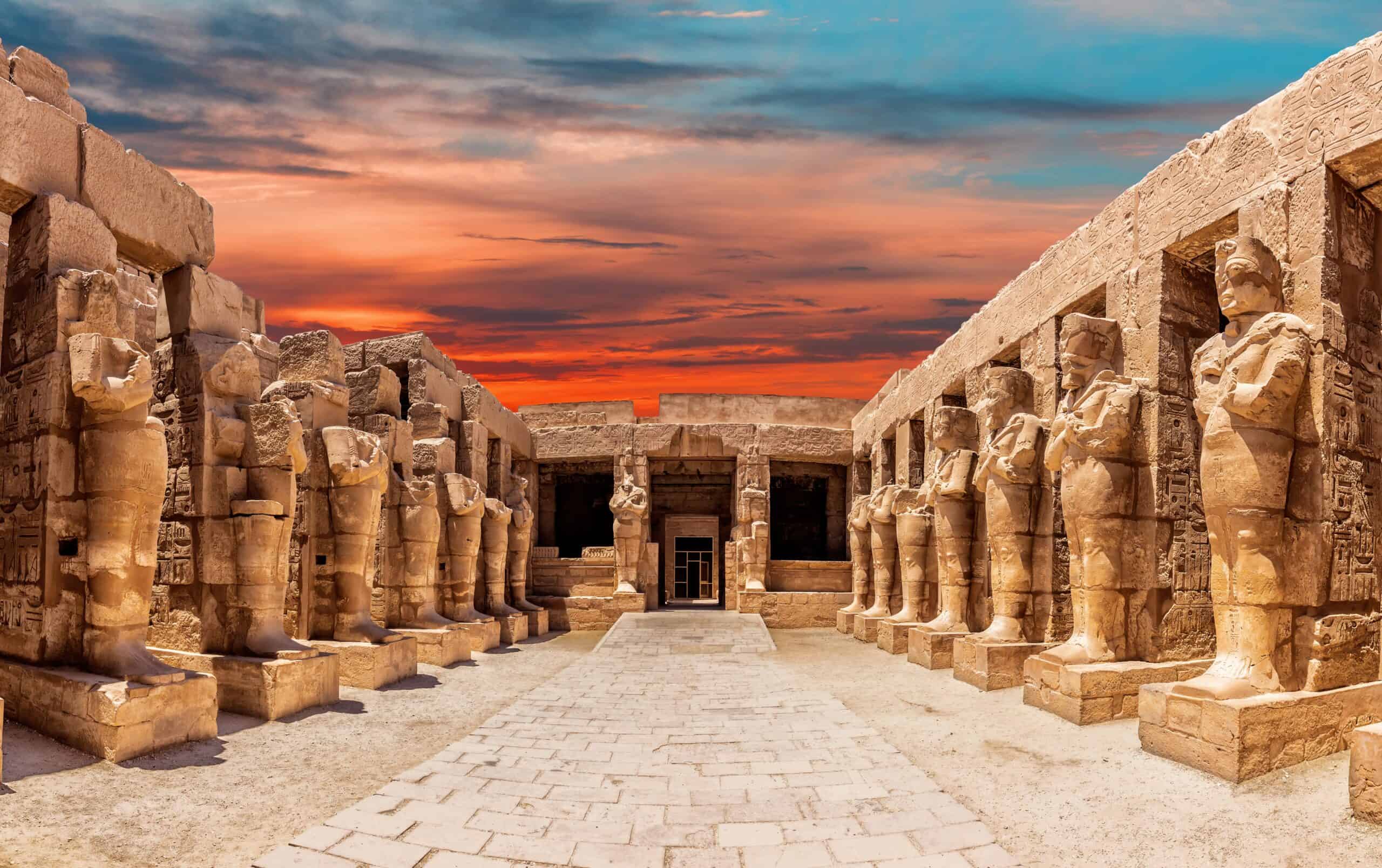
The Temple of Karnak in Egypt is one of the largest religious complexes ever built. Construction began around 2000 BC and continued for over 2,000 years. The temple is dedicated to the Theban triad of gods: Amun, Mut, and Khonsu. It features massive columns, obelisks, and statues, with intricate carvings and inscriptions. The most mysterious aspect of Karnak is the “Precinct of Amun-Re,” which includes a series of rooms and chambers that seem to have no clear purpose. The alignment of certain structures with celestial events also raises questions about the temple’s original use.
Temple of the Oracle (Siwa, Egypt)
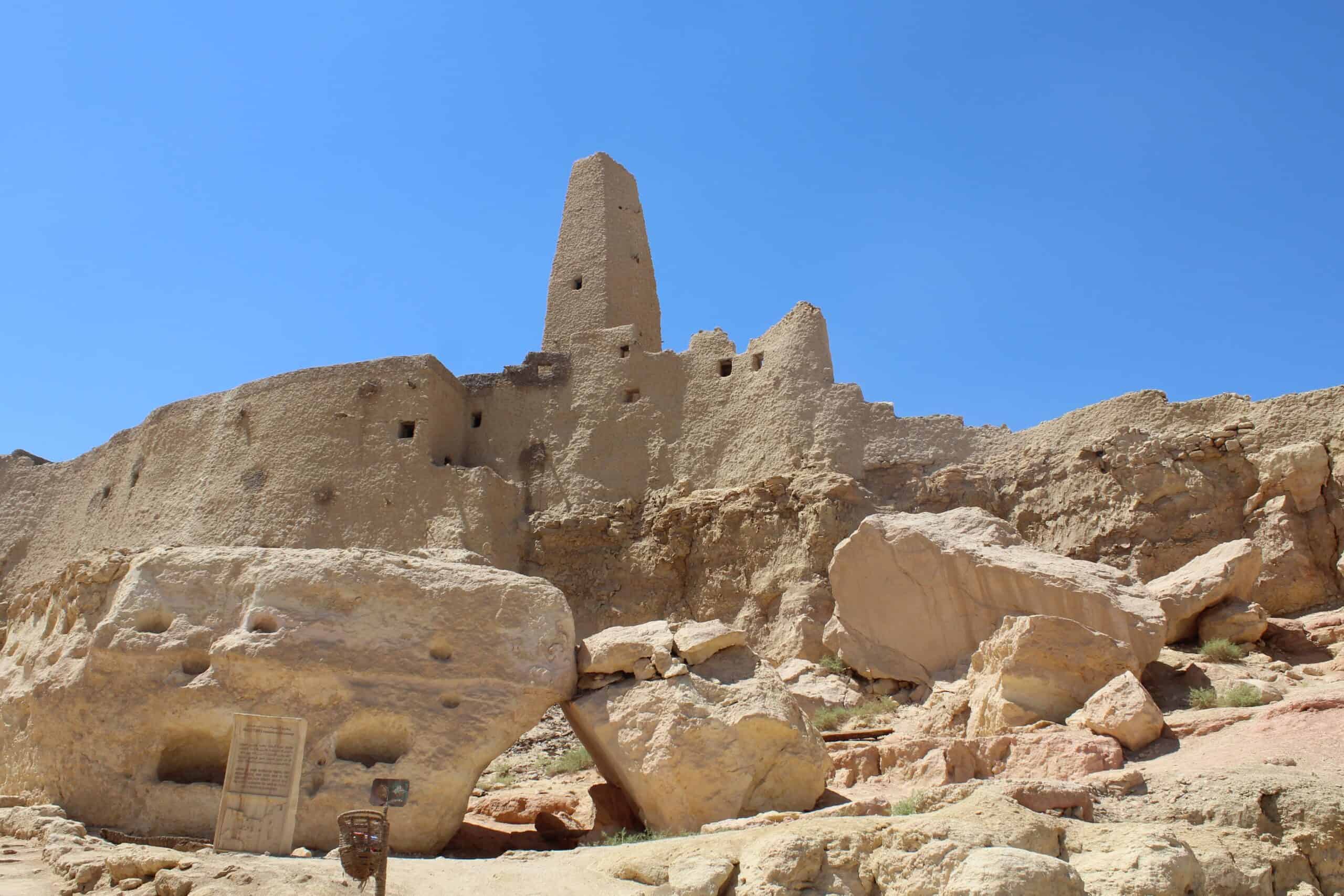
The Temple of the Oracle in Siwa, Egypt, is a mysterious site linked to the god Amun. Built around the 6th century BC, it was famous for its oracle, which was consulted by leaders, including Alexander the Great. The temple is located in a remote oasis in the Western Desert, adding to its mystique. The oracle’s prophecies were highly regarded, but the methods used to deliver them are still unknown. The temple’s isolation and the decline of its influence after Alexander’s visit leave many questions unanswered. The ruins of the temple continue to intrigue scholars and visitors alike.
This article originally appeared on Rarest.org.
More from Rarest.org
1973 Roosevelt Dime Value Guide

The 1973 dime is a 10-cent coin issued by the US government through its mint centers in 1973. The coin is made of base metals and is over 50 years old. Read More.
1970 Lincoln Penny Value Guide

One of the greatest appeals of coins and coin collecting is the fact that coins can represent a snapshot of the historical events that happened in the year the coin was minted. Read More.
20 Most Endangered Mammals in the Wild

The natural world is home to countless remarkable mammals, many of which are facing the threat of extinction. Read More.
